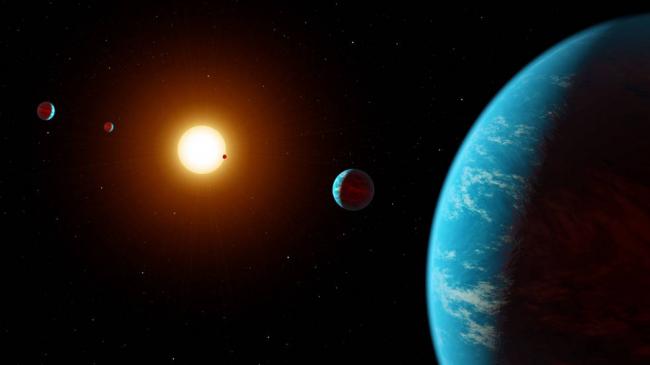
Washington, Jan 12 (IBNS): A system of at least five exoplanets has been discovered by citizen scientists through a project called Exoplanet Explorers, part of the online platform Zooniverse, using data from NASA's Kepler space telescope.
This is the first multi-planet system discovered entirely through crowdsourcing. A study describing the system has been accepted for publication in The Astronomical Journal.
Thousands of citizen scientists got to work on Kepler data in 2017 when Exoplanet Explorers launched. It was featured on a program called Stargazing Live on the Australia Broadcasting Corporation (ABC).
On the final night of the three-day program, researchers announced the discovery of a four-planet system. Since then, they have named it K2-138 and determined that it has a fifth planet -- and perhaps even a sixth, according to the new paper.
Another batch of 2017 Kepler data was recently uploaded to Exoplanet Explorers for citizen scientists to peer through. Astronomers have not yet searched through most of it for planets.
NASA's Ames Research Center manages the Kepler and K2 missions for NASA’s Science Mission Directorate. NASA's Jet Propulsion Laboratory in Pasadena, California, managed Kepler mission development.
Ball Aerospace & Technologies Corporation operates the flight system with support from the Laboratory for Atmospheric and Space Physics at the University of Colorado in Boulder.
Image Credits: NASA/JPL-Caltech
Support Our Journalism
We cannot do without you.. your contribution supports unbiased journalism
IBNS is not driven by any ism- not wokeism, not racism, not skewed secularism, not hyper right-wing or left liberal ideals, nor by any hardline religious beliefs or hyper nationalism. We want to serve you good old objective news, as they are. We do not judge or preach. We let people decide for themselves. We only try to present factual and well-sourced news.







